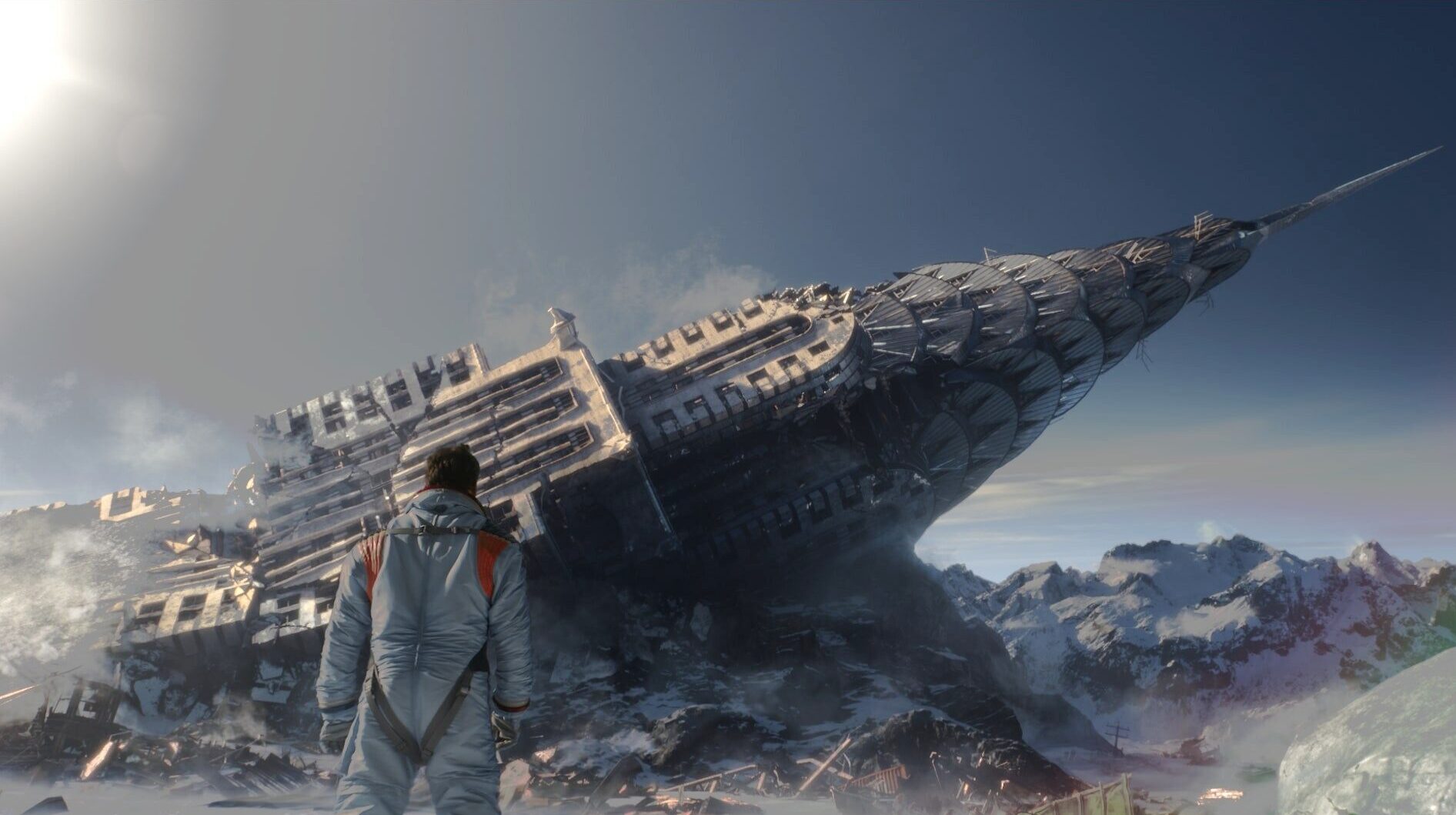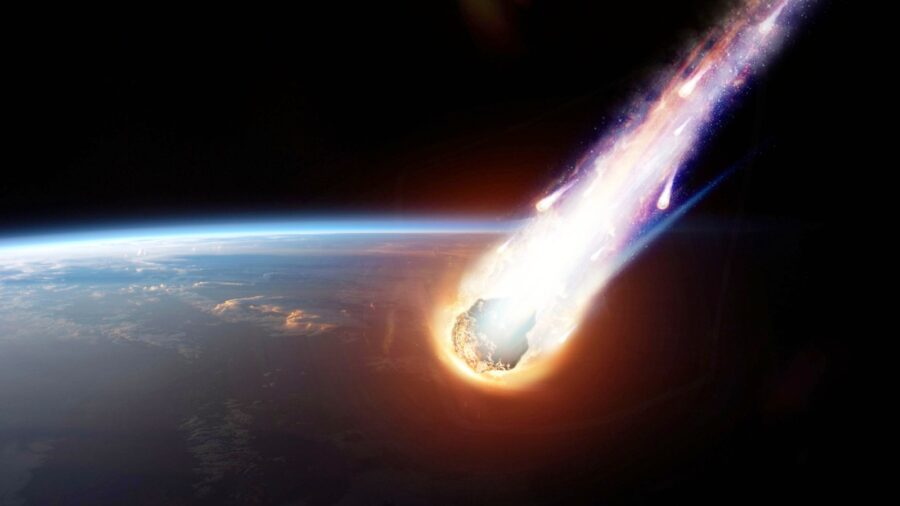Asteroids As Big As Skyscrapers Are Headed Towards Earth
Three asteroids the size of skyscrapers will zoom by Earth this week, but they are expected to pass by without any impact or threat.

Movies and TV shows have primed us to be wary of threats from outer space, which is one reason the public is still so fascinated by the idea of mysterious UFOs visiting our planet. However, while we haven’t discovered any little green men just yet, there are more tangible threats out there in the universe, including some giant threats barreling toward our planet at this very moment. NASA has warned that three asteroids the size of skyscrapers are heading in our planet’s direction this week, with one passing by just yesterday and another passing by today.
Before you start planning an epic end-of-the-world-party, though, relax: all those asteroids will miss us, and by a fairly big margin. For example, the asteroid that will pass closest to our planet will still pass us by a distance of 2.2 million miles. That’s about 10 times the distance between our planet and our moon, so everybody should breathe a bit easier about the news (although the news that some scientists want to turn asteroids into cities is still weirding us out).
Still, if you only went by NASA’s classification system, you’d likely be terrified by the sudden appearance of these asteroids. For example, two of the three giant asteroids have been labeled by the organization as “potentially hazardous asteroids,” or PHAs, because they are each large enough to cause major damage to Earth if they should ever impact the planet. To be considered a PHA, an asteroid has to come within 4.6 million miles of Earth and be wider than 450 feet to be a PHA, which is why the third asteroid, clocking in at 250 feet wide, doesn’t qualify (as it turns out, size really does matter to NASA).

Once you realize that none of these skyscraper-sized asteroids are going to come anywhere near the planet, you may find yourself asking a simple question: why does NASA so closely track these things when they pose no real threat to us? The answer is as simple as it is scary. Basically, space is everything but empty, and it’s always possible for something to change the trajectory of an asteroid, turning one of these otherwise harmless space rocks into sudden extinction for the human race.
Again, though, you need to breathe easy because according to NASA’s calculations, no PHA asteroids are on track to impact Earth in the next 100 years. And when an asteroid does pose a serious threat, NASA is working on ways to neutralize that threat, including a recent Double Asteroid Redirection Test (DART) that involved altering an asteroid’s speed by simply slamming a rocket into it. Despite not destroying the space rock outright, test results were quite reassuring.
However, such tests mean that NASA is unlikely to utilize the unconventional methods first seen in the hit 1998 Bruce Willis film Armageddon to deal with future asteroids.
What should we do, though, with the knowledge that skyscraper-sized asteroids are passing us by, including one yesterday and one today? For some, this is a chance to reflect on our insignificance in the face of grand cosmic events, and for others, this is a reminder to get the most out of life while we can. Speaking of which, if anybody needs us, we’re going to be jamming out to the Armageddon soundtrack all this week.













